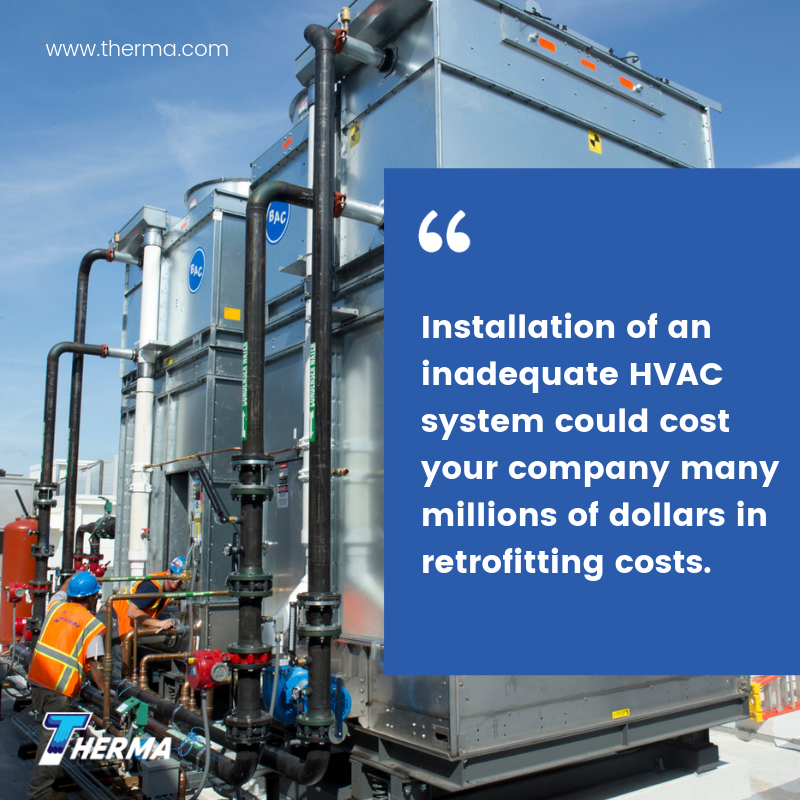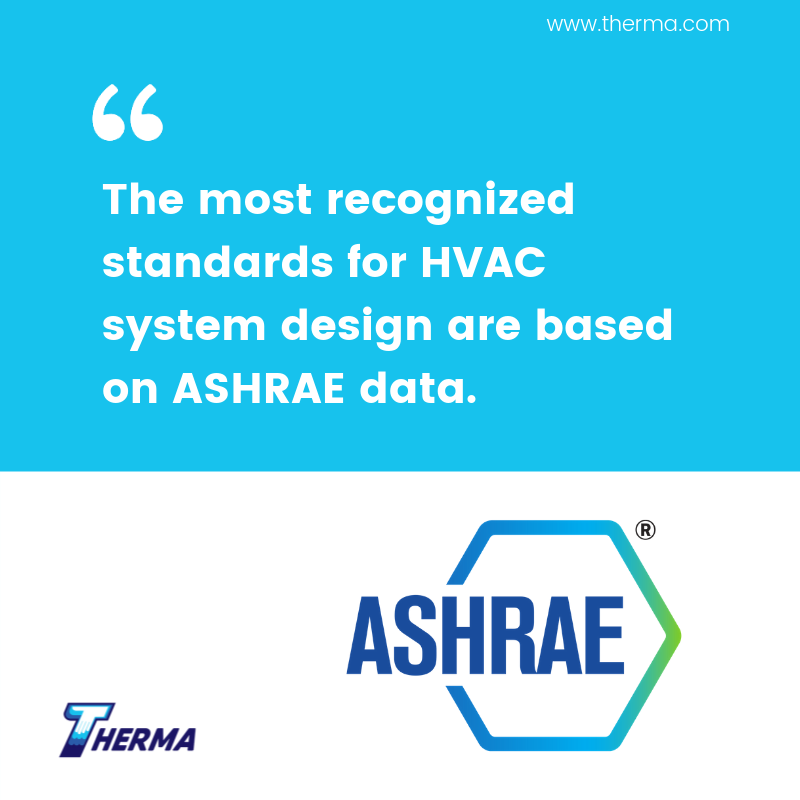By Donna Rider
Installation of an inadequate HVAC system could cost your company many millions of dollars in retrofitting costs. Because HVAC systems are complex and varied, knowledge of the regional environmental differences and readily available energy sources is essential to the installation of the appropriate HVAC system. Further, different brands of HVAC systems will add to the choices to be made.
Regional Differences in the U.S.
The Department of Energy breaks the U.S. into only three regions. Within each region is a wide range of environmental differences that need to be taken into account before installing an HVAC system.
Also, the DOE has different requirements for new equipment installations within each of those regions. The difference between an HVAC system installed in Iowa will be significant, compared to a system installed in California or Florida. Weather factors must be taken into account, and humidity plays a major role in climate control. Too much humidity in a building will allow mold to grow, creating unsafe working or living conditions. Not enough humidity creates an uncomfortable environment.
Standards for HVAC System Design
There are numerous HVAC industry standards to which you must adhere. Organizations like ASHRAE, SMACNA, ACCA, Uniform Mechanical Code and AMCA have been established to support the industry. The most recognized standards for HVAC system design are based on ASHRAE data.
Regional Differences Relating to Energy Sources
Different areas of the country have access to different energy sources . The location of coal mines, electricity-producing dams, nuclear plants and so on will determine which energy source will be more efficient to use. For example, in your region, is natural gas less expensive than propane or electricity?
Regional Differences in HVAC Systems
The DOE has implemented energy conservation standards for HVAC systems, outlined on the second page of the CAC Brochure. The air conditioner may be coupled with the heating system or each may be a standalone unit. Much of this difference in design is determined by energy efficiency related to the environmental differences and the brands of HVAC systems available in the region. The brand of HVAC system will differ from region to region, and each brand will have specifications for its systems. A brand readily available on the East Coast is not likely to be sold on the West Coast.
Ventilation
Ventilation is another important aspect of an HVAC system, because circulation of air is important for a healthy environment. Carbon monoxide and disease control are among other equally important factors when choosing a ventilation system. Ventilation includes both the circulation of air inside and exchange of air from the outside. Types of ventilation include mechanical ventilation or natural ventilation. If your building will have sealed windows, you will need mechanical ventilation. If the weather is mild enough that windows can be open more than closed, natural ventilation would be the most energy-efficient option.
HVAC Regional Design Differences
There are endless configurations for HVAC systems and as many environmental differences to be taken into account when designing a system. You can install an out-of-the-box HVAC system, but is that the best solution for you? Can a ground source, or geothermal, heat pump be installed? Is an ordinary heat pump going to be cost-effective? Will a separate furnace and air conditioner be more cost-effective than a heat pump? Do you need to install a humidifier? What type of control system do you need to properly run all of these devices to maintain a pleasant indoor atmosphere?

For large buildings, building service designers and mechanical engineers analyze and design an appropriate HVAC system. Then, the system is fabricated and commissioned by a specialty contractor. Building permits and code-compliance inspections of the installations are generally required for buildings of all sizes.
Solution to Finding an Appropriate HVAC System
At Therma, we bring together teams of welders, CNC operators, designers and project managers, resulting in unparalleled quality that sets our projects apart. By collaborating with each other and working with you the customer, we can create systems that combine form, function and aesthetics.
Therma will address all of these aspects to provide you with the best HVAC system solution possible. Because we can create and customize complete systems, our fabrication capabilities put us a step ahead. Fabrication allows flexibility in design, combining form and function. With our in-house fabrication, design-build and engineering teams that are part of the process at all stages, along with our cutting-edge equipment, we’ve got the right solution, at the right price.
Biography:
Donna Rider is a Technical Writer with more than 18 years experience researching, developing, managing, and producing on-line documentation and training videos. Ms. Donna Rider gained her expertise in technical writing during her highly successful career in several leadership roles. Specifically, Ms. Donna Rider wrote technical documents to assist the Help Desk Technicians troubleshoot calls from customers at Gateway and Wells Enterprises
Sources:









